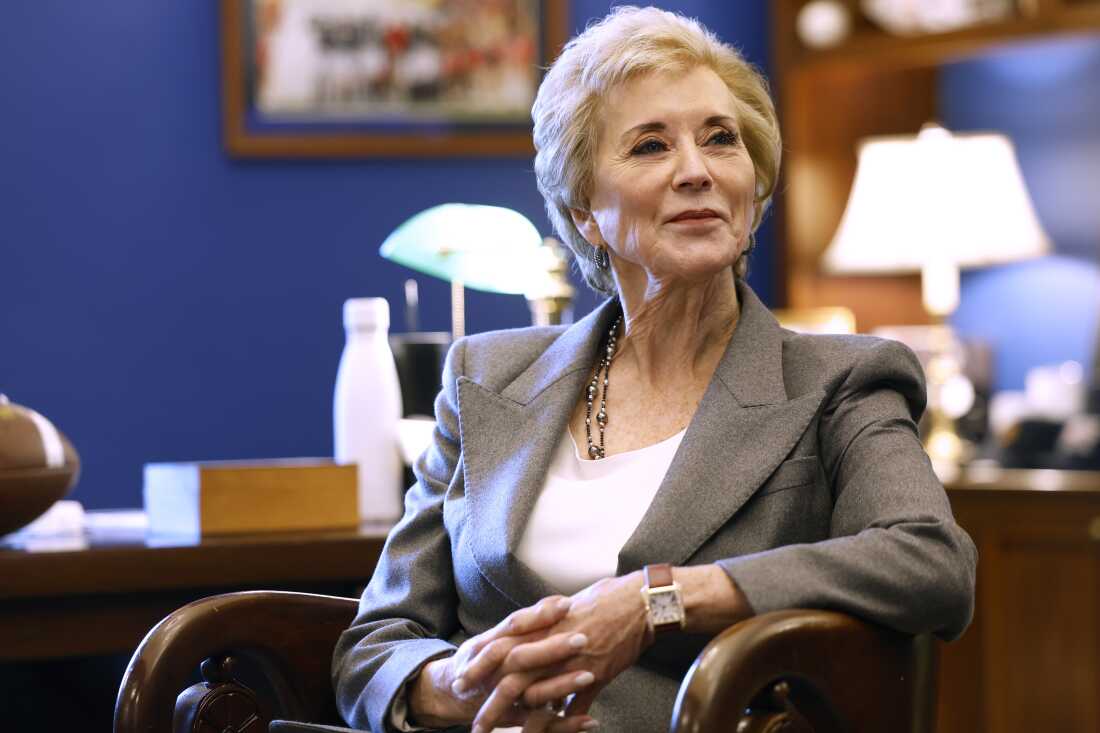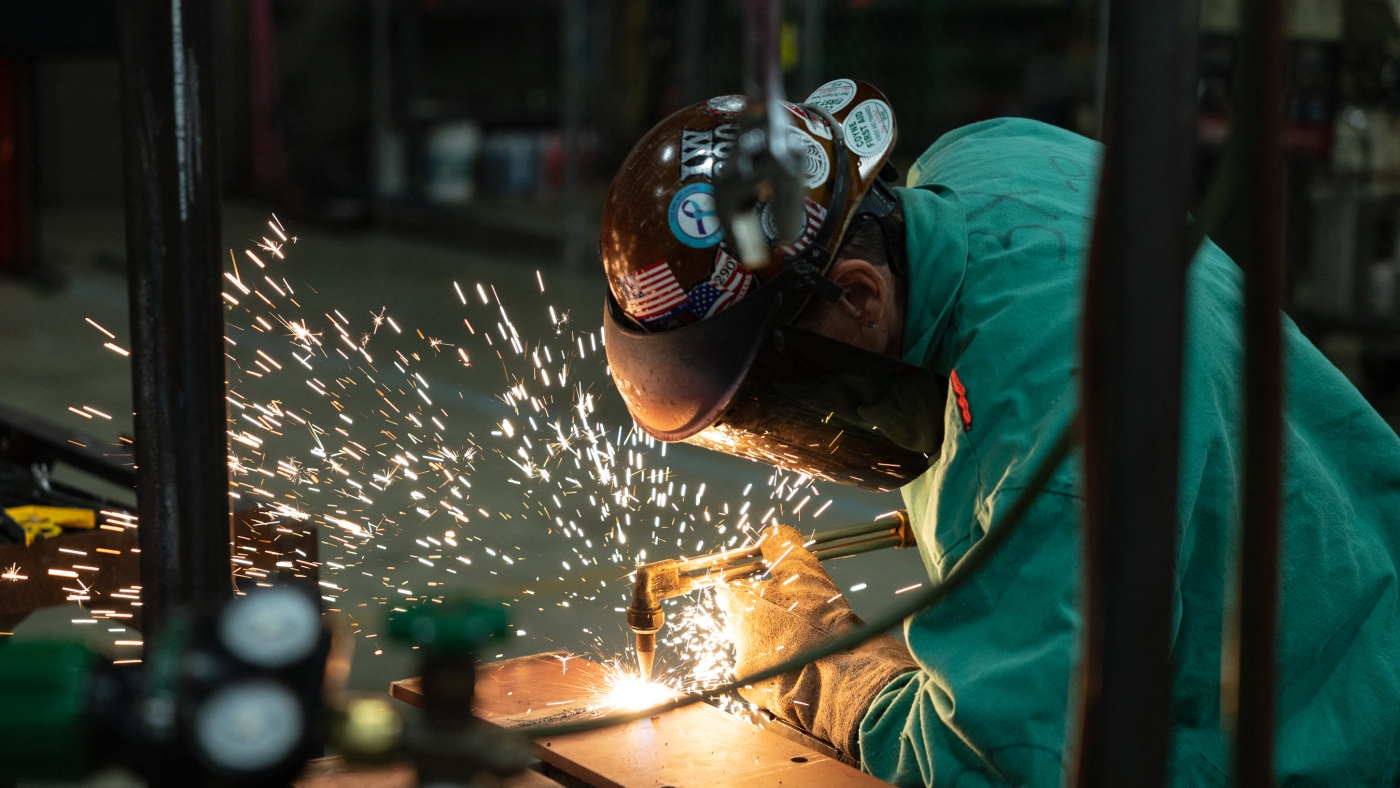The Growing Demand for Apprenticeships and the Challenges Employers Face
As the conversation around alternatives to college intensifies, apprenticeships are increasingly seen as a viable pathway into the workforce. This shift is largely driven by a public that is questioning the necessity of a college degree for a successful career. Yet, despite the potential benefits, apprenticeships remain scarce, with demand far exceeding supply.

Matthew Atha works at Ironworkers Local 29 during an apprenticeship in Dayton, Ohio. Megan Jelinger/AFP via Getty Images
Joey Cook, a young Texan from Hamlin, found himself at a crossroads at the age of 17. With no interest in pursuing an associate or bachelor’s degree, Cook yearned for a career in heating, ventilation, and air-conditioning. He discovered apprenticeships as a promising route, offering both education and pay. However, the journey wasn’t straightforward; he was initially told to find an apprenticeship independently.
Fortunately, Cook’s timing aligned with a local HVAC company’s need for apprentices, allowing him to secure a position. Today, at 20, he works full-time, but his story underscores a significant issue: the demand for apprenticeships is growing faster than the availability.
A Shortage of Opportunities
Apprenticeships combine on-the-job training with classroom instruction and enjoy bipartisan political support, yet their expansion is hampered by limited availability. Brittany Williams, chief partnerships officer at Edu-REACH, notes, “We have more learners than we have employers.”
While the number of apprenticeships has increased by 89% since 2014, they still encompass less than half a percent of the U.S. workforce. In contrast, over 18 million Americans are in college. Research highlights employer hesitance as a barrier—training was traditionally a role filled by academic institutions.
Despite efforts to promote apprenticeships, including from political figures like President Donald Trump and Vice President Kamala Harris, who have pushed for their expansion, the challenge remains. Employers find the programs costly both financially and in terms of resource allocation.

Linda McMahon, President-elect Donald Trump’s nominee for Education Secretary. Anna Moneymaker/Getty Images
Nicole Smith of the Georgetown University Center on Education and the Workforce explains, “The way employers see it, they’re going to invest this money and train these people, but they have no guarantee of keeping them.” Yet, statistics show 94% of apprentices remain with their employers post-program, with significant returns on investment.
Obstacles in Implementation
Efforts to streamline the apprenticeship process face hurdles, particularly from complex regulations. The federal government’s registered apprenticeships require adherence to numerous standards, creating bureaucratic challenges. A recent proposal to strengthen worker protections met with criticism and was eventually withdrawn.
Despite these challenges, there are calls for more support and subsidies to encourage employers. Many states offer tax credits for apprenticeships, but advocates believe more is needed to facilitate employer involvement. Intermediaries like Edu-REACH and CityWorks DC play a crucial role in bridging the gap between potential apprentices and employers.
Joey Cook’s experience highlights the potential of apprenticeships as a career pathway. However, without increased employer participation, the mismatch between supply and demand remains a significant hurdle for the apprenticeship movement.
This article was supported by The Hechinger Report, a nonprofit news organization focused on education inequality and innovation.





